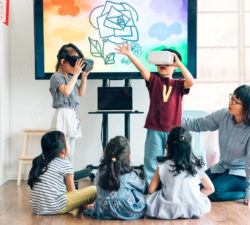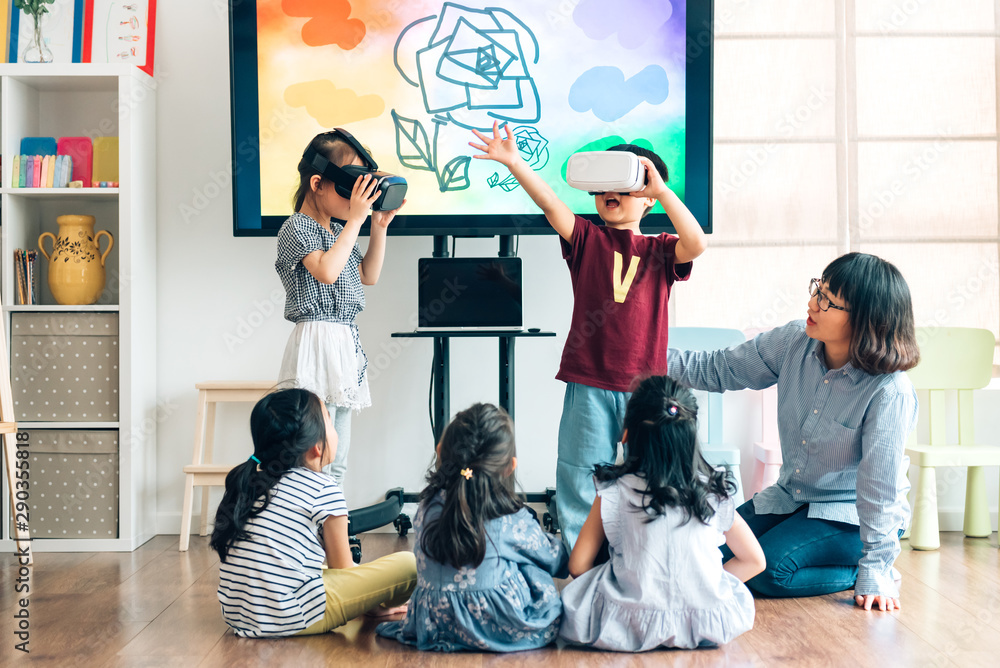In this series, Rebecca Swift, VP Global Head of Creative Insights at Getty Images, examines the steps brands can take to make their visuals more inclusive.
As businesses grow more transparent, customers are placing increasingly high demands on the brands they buy from, including on how they represent themselves visually.
At Getty Images, our VisualGPS research has found that 72% of global consumers expect brands to support diversity and inclusion, with 80% loyal to brands whose business practices support their own values. These numbers are even higher among the younger generation.
My role as head of the Creative Insights team within Getty Images is to research how visual content is evolving, both in terms of how it is created but also what is represented within moving and still imagery. For the last 20 years, we have been tracking the need for authentic representation in commercial communication. What is clear is that there is a growing demand from both companies and…


